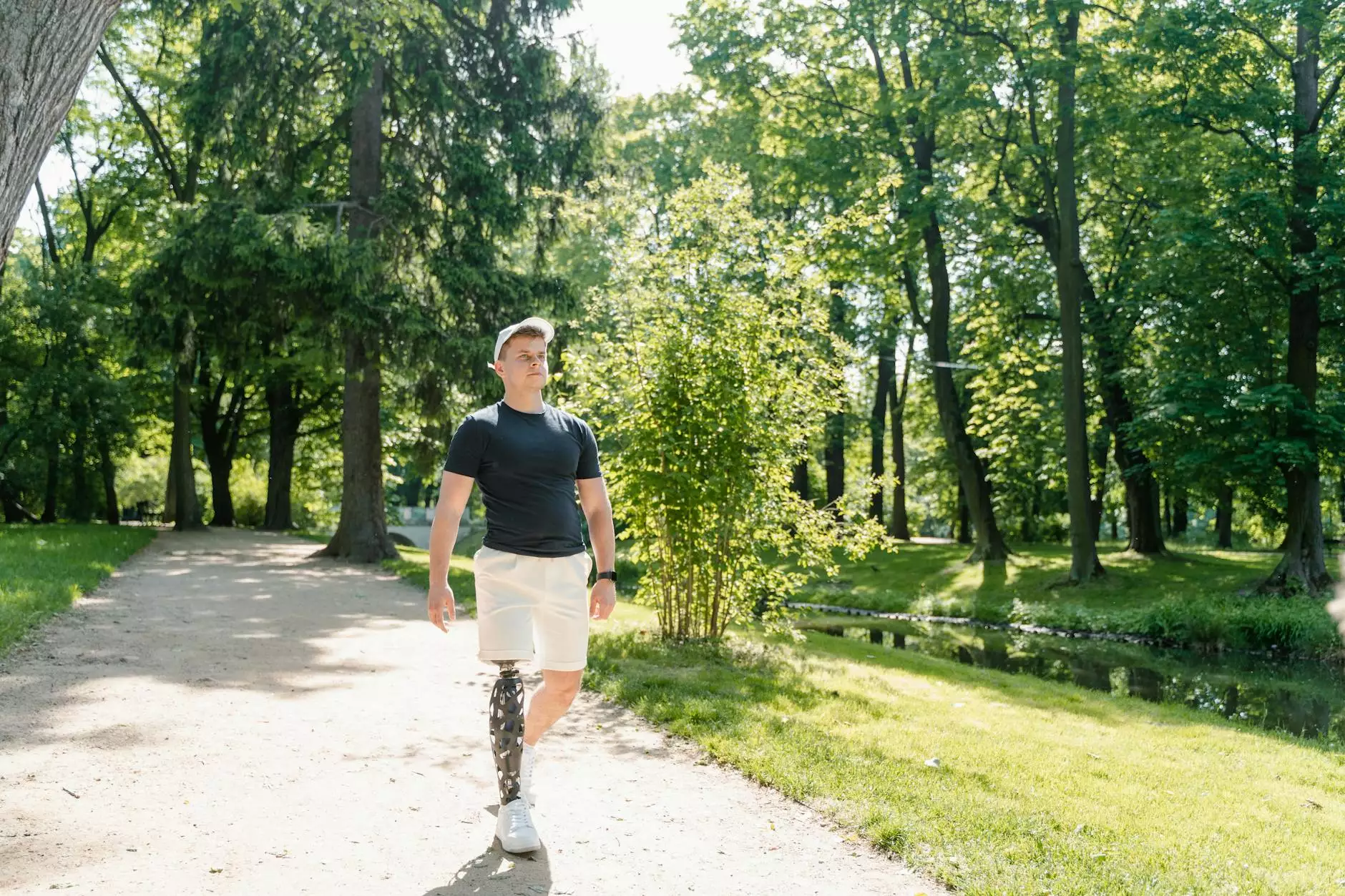Understanding the Causes of Lower Leg Swelling

Lower leg swelling can be a concerning symptom, often indicating an underlying health issue. This phenomenon, scientifically known as edema, occurs when excess fluid accumulates in the tissues of the lower legs. The causes of lower leg swelling vary widely, from temporary conditions to chronic diseases. In this article, we will delve into the various lower leg swelling causes, the potential implications of these causes, and the best practices for treatment and prevention. By understanding these factors, you can take proactive steps towards your health, especially if you are experiencing symptoms of leg swelling.
Common Causes of Lower Leg Swelling
When we talk about the causes of lower leg swelling, it’s essential to categorize them into acute and chronic conditions. For clarity, let’s explore each category along with their specific causes.
Acute Conditions
Acute conditions typically develop suddenly and may require immediate attention. Here are some of the primary lower leg swelling causes in this category:
- Injury: A sprain, strain, or fracture can lead to swelling in the affected area due to inflammation.
- Infection: Cellulitis and other types of infections can cause localized swelling, redness, and heat.
- Blood Clots: Conditions like deep vein thrombosis (DVT) can lead to sudden swelling in one leg, often accompanied by pain.
- Allergic Reactions: An allergic reaction to substances such as insect bites, medications, or food can cause significant swelling.
- Heart Failure: Sudden heart-related issues may result in fluid retention, leading to swelling.
Chronic Conditions
Chronic conditions may develop over time and can reflect ongoing health problems. The following are some chronic causes of lower leg swelling:
- Venous Insufficiency: When the veins struggle to return blood to the heart, pooling can occur, leading to swollen legs.
- Kidney Disease: Impaired kidney function can disrupt fluid balance in the body, resulting in swelling.
- Liver Disease: Conditions that affect liver function may also cause fluid retention, leading to leg swelling.
- Obesity: Excess weight can increase pressure on the veins, contributing to chronic swelling.
- Chronic Lymphatic Disease: Dysfunction of the lymphatic system can lead to lymphedema, characterized by swelling, typically in one limb.
How Lifestyle Factors Contribute to Lower Leg Swelling
In addition to medical conditions, various lifestyle factors can exacerbate or contribute to lower leg swelling. Understanding these factors can be vital for prevention and management. Consider the following:
- Sedentary Lifestyle: Prolonged sitting or standing can impede blood flow, contributing to swelling. Movement encourages circulation and helps reduce fluid retention.
- Dietary Choices: High salt intake can lead to fluid retention, which may manifest outwardly as swelling in the legs.
- Dehydration: Paradoxically, not drinking enough water can cause the body to retain fluid, leading to swelling.
- Hormonal Changes: Hormonal fluctuations, particularly during menstruation or pregnancy, can lead to temporary swelling.
- Medication Side Effects: Certain medications, including those for blood pressure and steroids, may cause fluid retention as a side effect.
Diagnosis of Lower Leg Swelling
When experiencing persistent swelling, it is crucial to seek medical evaluation. Healthcare professionals typically conduct a comprehensive assessment, which may include:
- Medical History Review: Discussing recent injuries, surgeries, medications, or any existing health conditions can provide context.
- Physical Examination: A thorough examination of the legs and other related areas is usually performed to check for signs of swelling and malfunction.
- Imaging Tests: X-rays, ultrasounds, and MRIs may be utilized to assess for injuries, clots, or other abnormalities.
- Blood Tests: Laboratory tests can help evaluate kidney function, liver function, and other vital indicators.
Treatment Options for Lower Leg Swelling
The appropriate treatment for lower leg swelling largely depends on its underlying cause. Here are some common approaches:
Home Remedies and Lifestyle Changes
Self-care strategies can significantly aid in reducing swelling, including:
- Elevation: Raise the legs above heart level to improve circulation and reduce swelling.
- Compression Garments: Wearing compression socks can help promote blood flow and prevent fluid buildup.
- Regular Exercise: Engage in activities that enhance circulation, such as walking, cycling, or swimming.
- Dietary Adjustments: Reducing salt intake, increasing water consumption, and maintaining a healthy diet can help.
- Maintain a Healthy Weight: Losing excess weight can reduce pressure on the veins and promote better circulation.
Medical Treatments
If home remedies are insufficient, medical interventions may be necessary:
- Medications: Diuretics may be prescribed to help the body eliminate excess fluid.
- Physical Therapy: Tailored exercises can help improve circulation and reduce swelling.
- Procedures: In some cases, procedures to remove clots or correct venous insufficiency may be necessary.
- Monitoring Underlying Conditions: Proper management of chronic diseases such as heart, liver, or kidney disease can help prevent swelling.
When to Seek Medical Attention
While occasional swelling may be harmless, certain symptoms necessitate immediate medical attention:
- Sudden Swelling: If swelling occurs suddenly and is accompanied by pain, redness, or warmth, it could indicate DVT.
- Shortness of Breath: Difficulty breathing, coupled with leg swelling, could be a sign of a serious condition requiring urgent care.
- Signs of Infection: Fever, chills, or other signs of systemic infection with leg swelling should prompt medical evaluation.
- Severe or Persistent Symptoms: If swelling does not improve or begins to worsen despite home treatments, consult a healthcare professional.
Preventing Lower Leg Swelling
Prevention is often the best approach to managing lower leg swelling. Here are proactive steps to consider:
- Stay Active: Regular physical activity promotes circulation and can help prevent fluid retention.
- Limit Prolonged Sitting or Standing: Take breaks to walk around and stretch if your job requires extended periods in one position.
- Hydrate: Drink plenty of water to help flush sodium from the body.
- Monitor Salt Intake: Reducing sodium consumption can help mitigate fluid retention.
- Wear Comfortable Footwear: Supportive shoes can improve circulation and reduce the risk of swelling.
Conclusion
Understanding the causes of lower leg swelling is essential for anyone experiencing this symptom. While most instances of leg swelling are benign, they can lead to serious health concerns if left untreated. By recognizing the signs, understanding potential causes, and engaging in preventive measures, you can take charge of your vascular health. Always consult a healthcare provider if you have concerns about swelling or any related symptoms. Your legs are crucial for your mobility and quality of life, so prioritize maintaining their health.
For more information on vascular health and specialized treatment, consider visiting our website at trufflesveinspecialists.com.



